“Heeere’s Johnny!” Surprising Facts You May Not Have Known About The Shining
Stanley Kubrick is considered one of the masters of his craft in the filmmaking world. If it’s a Kubrick film, you know you’re in for a delightful treat. The movie you’re all here for, The Shining, is undoubtedly one of Kubrick’s most beloved films by fans. Horror is often a genre that is full of cheap thrills and cliches, but Kubrick brings a unique flair to his work, especially in terms of cinematography and memorable characters.
Let’s delve into some interesting facts about The Shining.
The Screenplay Adaptation Was Quickly Turned Around
While most people associate The Shining with Kubrick, there’s actually another big name involved. That name is the bestselling book giant Stephen King, who wrote the book in 1977. Since the movie came out in 1980, the transition from page to screen happened extremely fast.
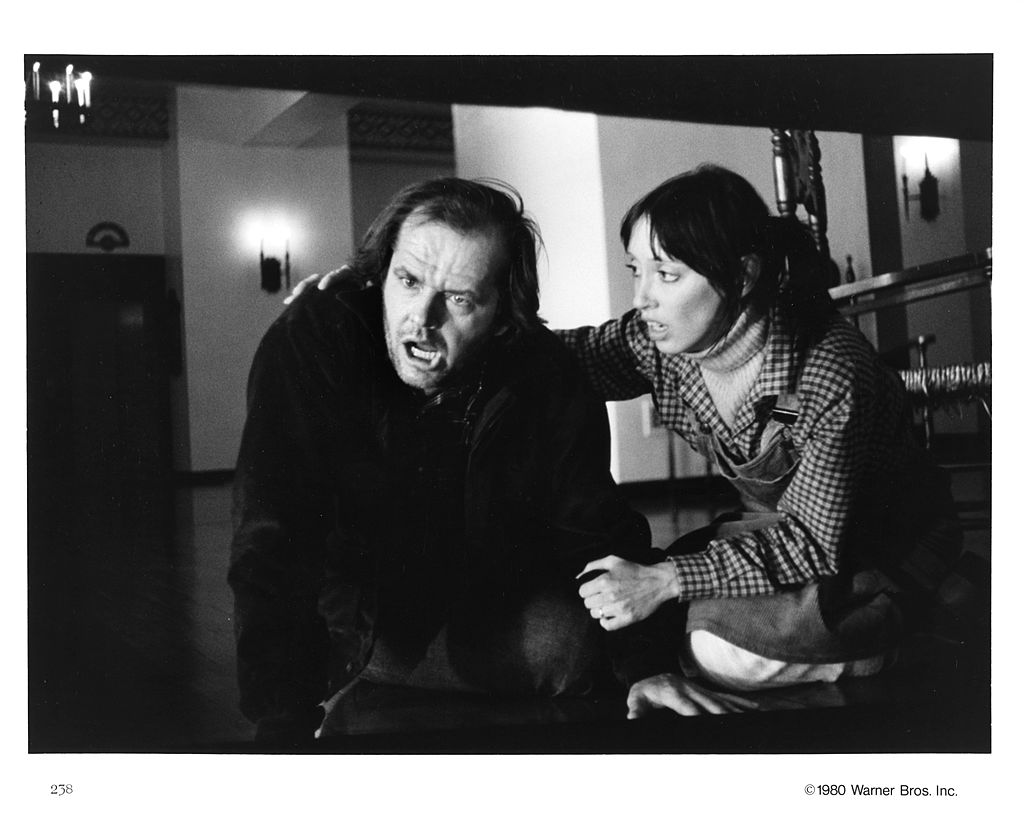
Source: Michael Ochs Archives/ Getty Images
A lot of hardcore Stephen King fans don’t revere the movie as much as the novel, but there is still lots to praise in Kubrick’s adaptation. Undoubtedly, Jack Nicholson’s chilling portrayal of Jack Torrance is ranked as one of the most unsettling character performances ever.
Kubrick Was In Search Of A Commercially Successful Hit
The road to making The Shining all started with Kubrick’s drama period piece Barry Lyndon. Kubrick’s film, based on a novel by William Makepeace Thackeray, came out in 1975. Sadly, it was a commercial flop, making $20.2 million domestically.
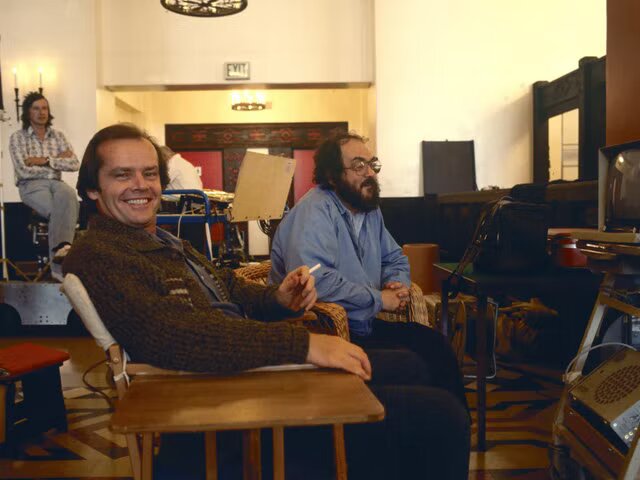
Source: Getty Images
In search of commercial success, Kubrick had to find his next project. Of course, he still wanted to remain creatively fulfilled while also obtaining a triumph with box office numbers. The question is: did he actually succeed in his mission?
He Went Through Countless Books To Find His Next Project
With his new standard in mind, Kubrick thought that he should find a book that he can successfully adapt to fit his vision on screen. Stephen King said that Kubrick was given a lot of books to read in order to hopefully find the right one he would adapt.

Source: Imgur
Apparently, Kubrick’s assistant would hear the loud thud of a book being thrown – a clear indication Kubrick was fed up. One day, however, there was no thud. Kubrick had found The Shining and was utterly engrossed by it.
Nicholson Was An Easy Choice For Kubrick
It can’t even be imagined that the role of Jack Torrance would have belonged to anybody else besides Jack Nicholson. Jack Torrance plays the patriarch of the Torrance family and he was Kubrick’s first choice casting-wise for the role. Jack Torrance is the main catalyst for all of the horror in the film.
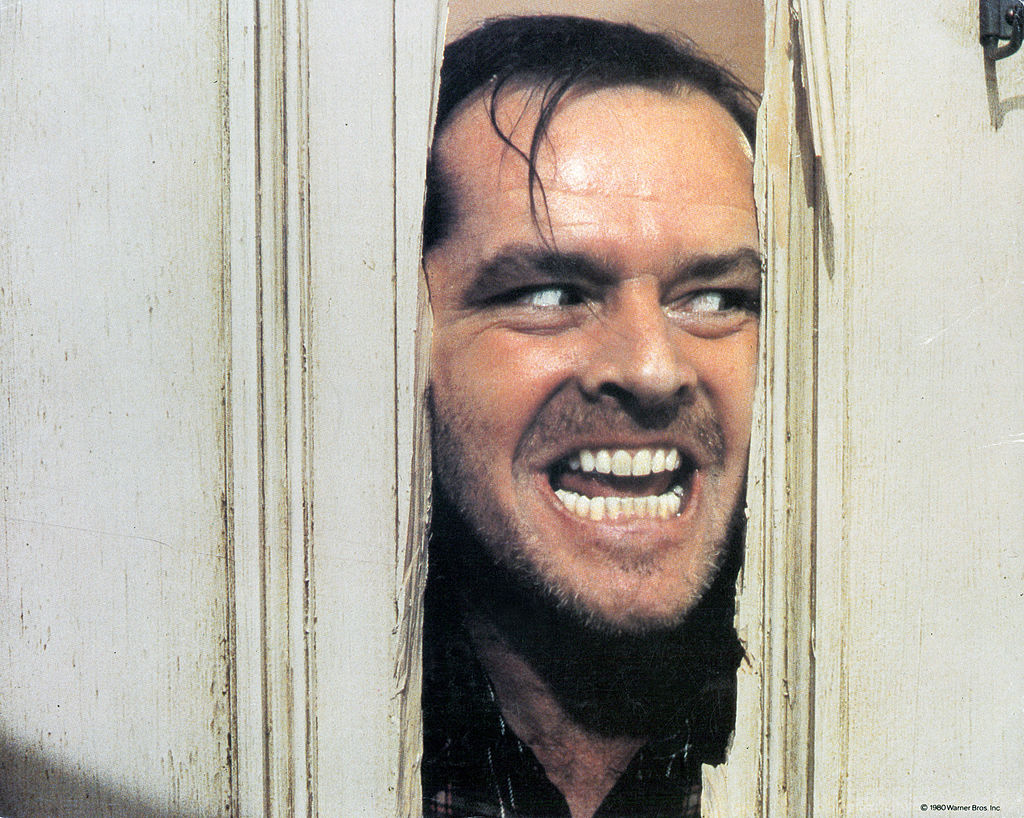
Source: Warner Brothers/ Getty Images
Naturally, other actors were considered for the role of Jack just to be safe. Robert De Niro, Harrison Ford, and Robin Williams were just a few of those names. Those actors didn’t get a green light from King.
Another Writer Was Attached To The Project
Even though King wrote the novel The Shining and Kubrick adapted the screenplay, another name was involved in the process. Kubrick isn’t the sole adapter credited with writing the screenplay. Diane Johnson was the other name attached to the script adaptation.
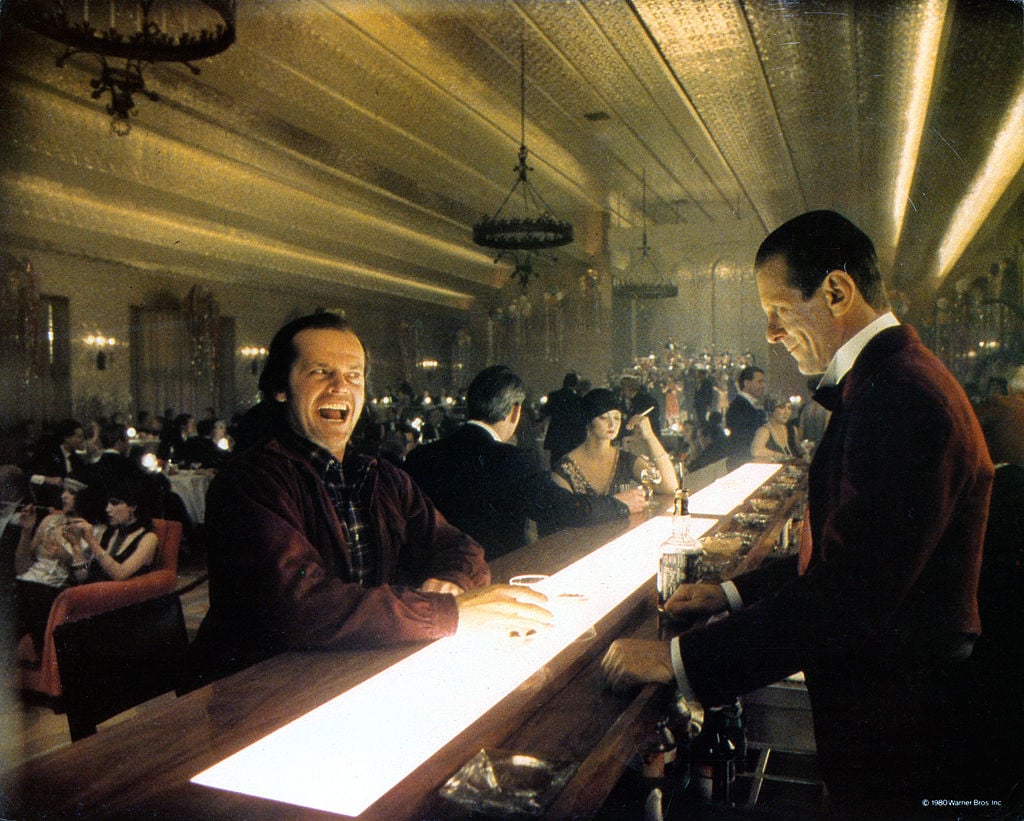
Source: Warner Brothers/ Getty Images
Johnson didn’t do much in the film world, but she was an impressive novelist and gained the role of co-writer for The Shining. Her book Le Divorce was adapted into a movie in 1997.
The Grady Twins Aren’t Actually Twins In The Novel
One of the most unsettling and creepy images from the film is the famous scene with the Grady twins in the Overlook Hotel hallway staring at Danny Torrance, Jack’s son. However, they aren’t twins in King’s book.
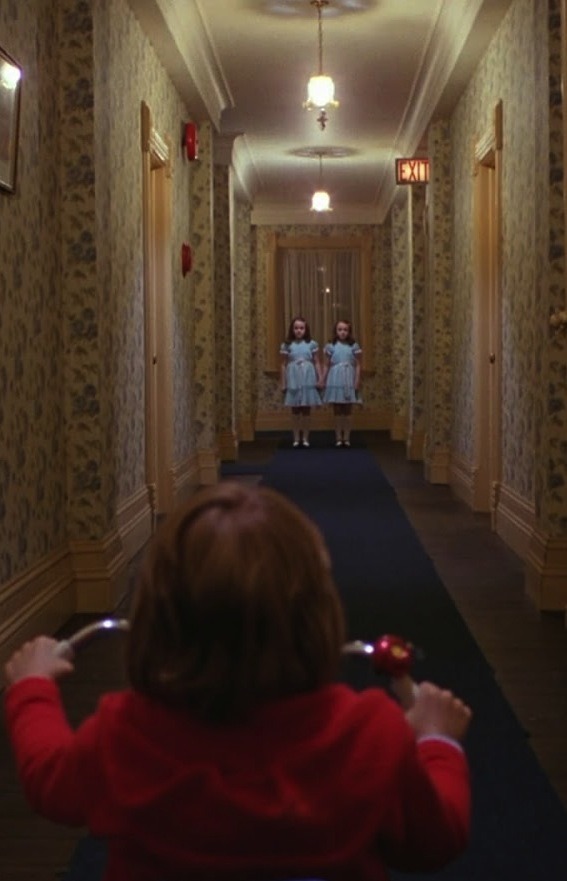
Source: movies-and-things/ Tumblr
The “twins” are referred to as sisters and are also mentioned to be around eight and 10 years old. So, when Kubrick cast identical twins in the role, the entirety of their status as characters changed. To this day, the Grady twins are synonymous with pop culture and dressing up for Halloween.
Danny’s Role Was Sought After By Thousands Of Kids
Kubrick didn’t want to hire a known actor for the role of Danny Torrance. So, Kubrick sent casting agents all over Chicago, Denver, and Cincinnati, and auditioned over 5,000 young kids. Hopefully, they would find the right one to play Danny.
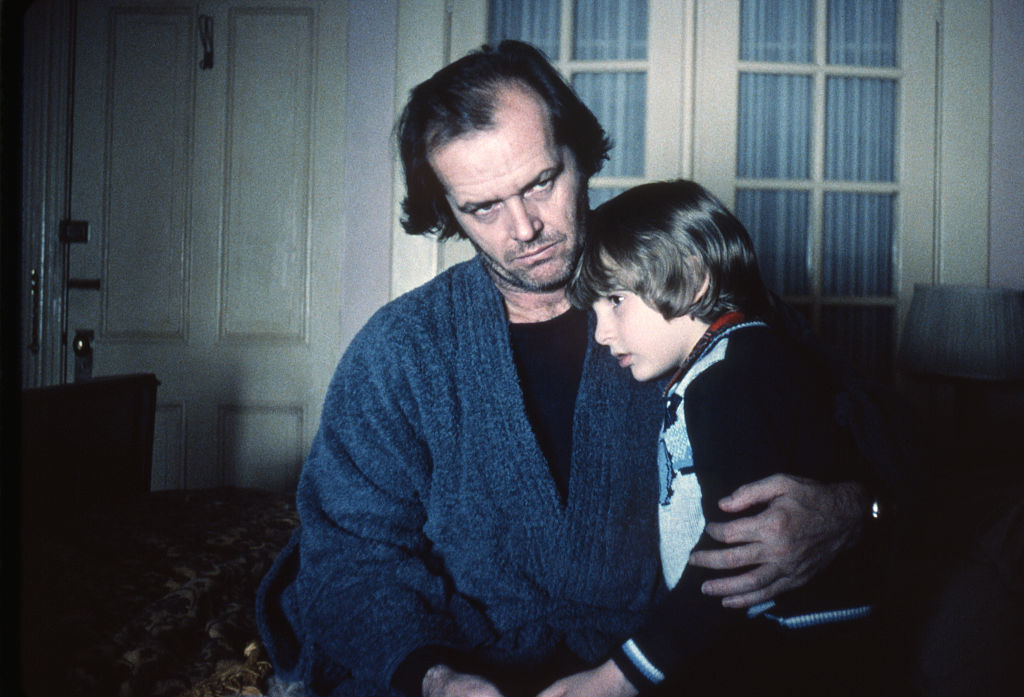
Source: Sunset Boulevard Corbis / Getty Images
What was the reason that Kubrick sent them to those particular cities? It’s because he wanted to discover a kid whose accent would land somewhere between Nicholson’s and Shelley Duvall’s (Danny’s mother in the movie).
Some Real Hotels Were The Inspiration For The Overlook
It’s completely accurate to say the Overlook Hotel is a character itself in The Shining. They didn’t film at a real hotel, however. The establishing shots of the hotel are actually the Timberline Hotel close to Mount Hood in Oregon.
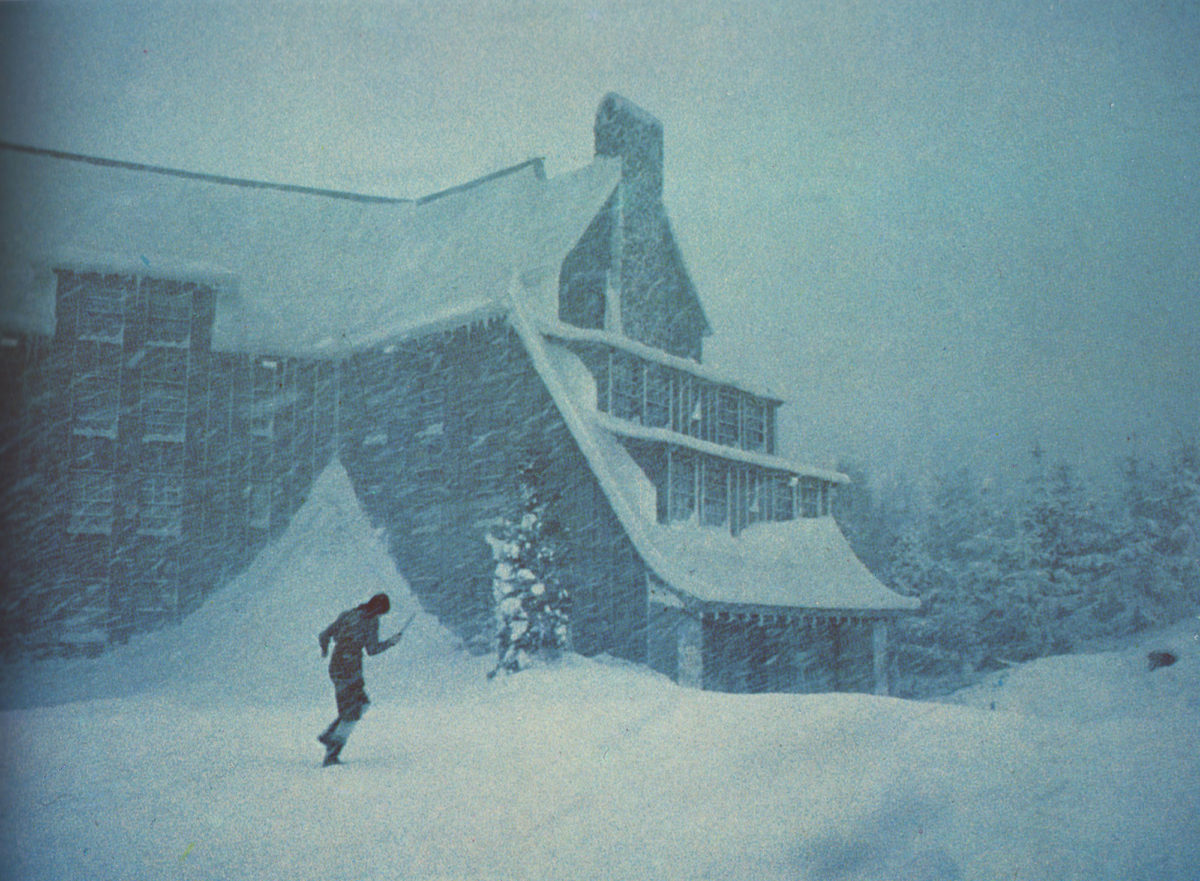
Source: Alamy
The Overlook was inspired by The Stanley Hotel in Estes Park, Colorado, a 142-room revival that’s nestled in the Rocky Mountains. Even though it was renovated, the hotel imbues a rather spooky, bone-chilling energy, much like the Overlook Hotel. The interiors were inspired by the Ahwahnee Hotel in Yosemite National Park and shot on a set.
As An Example For His Cast, Kubrick Used A Different Filmmaker
Kubrick had a very specific vision for the movie he wanted to make. He attempted to give the cast and crew an idea of the vibe by screening David Lynch’s cult classic Eraserhead. It’s a little ironic that Kubrick showed that movie as the precedent for commercial success because it was far from that.
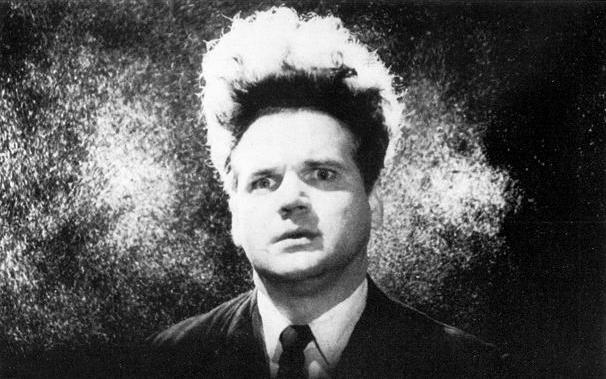
Source: Alamy
Was Danny Lloyd, who played Danny Torrance, in on that screening? Inquisitive minds would like to know!
The Screenplay Was A Constant Work In Progress
Kubrick was known as a strict, meticulous director and often went to extreme lengths in order to get performances out of his actors. He also wasn’t afraid to switch things up at a moment’s notice, meaning he would change the shooting script more than once, and even multiple times in a day.
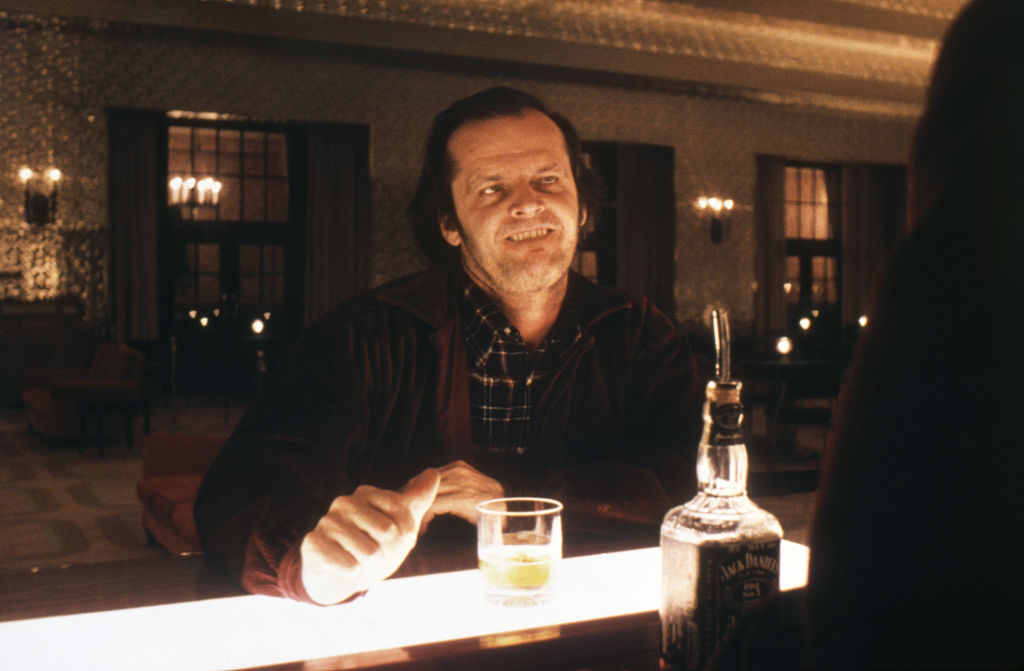
Source: Sunset Boulevard Corbis/ Getty Images
Nicholson’s patience with Kubrick would wane. Frustrated, he often threw the script changes away, knowing that they would just be changed yet again. To demonstrate Nicholson’s masterful acting ability, he would learn lines right before saying them.
Duvall Got The Worst Of Kubrick’s Wrath
Much like Kubrick, Duvall was particularly meticulous about her craft. Ultimately, this pairing was disastrous from the start in terms of working together. With Kubrick as the director, he didn’t shy away from making his way the right one. Clearly, he had the upper hand in the dynamic.
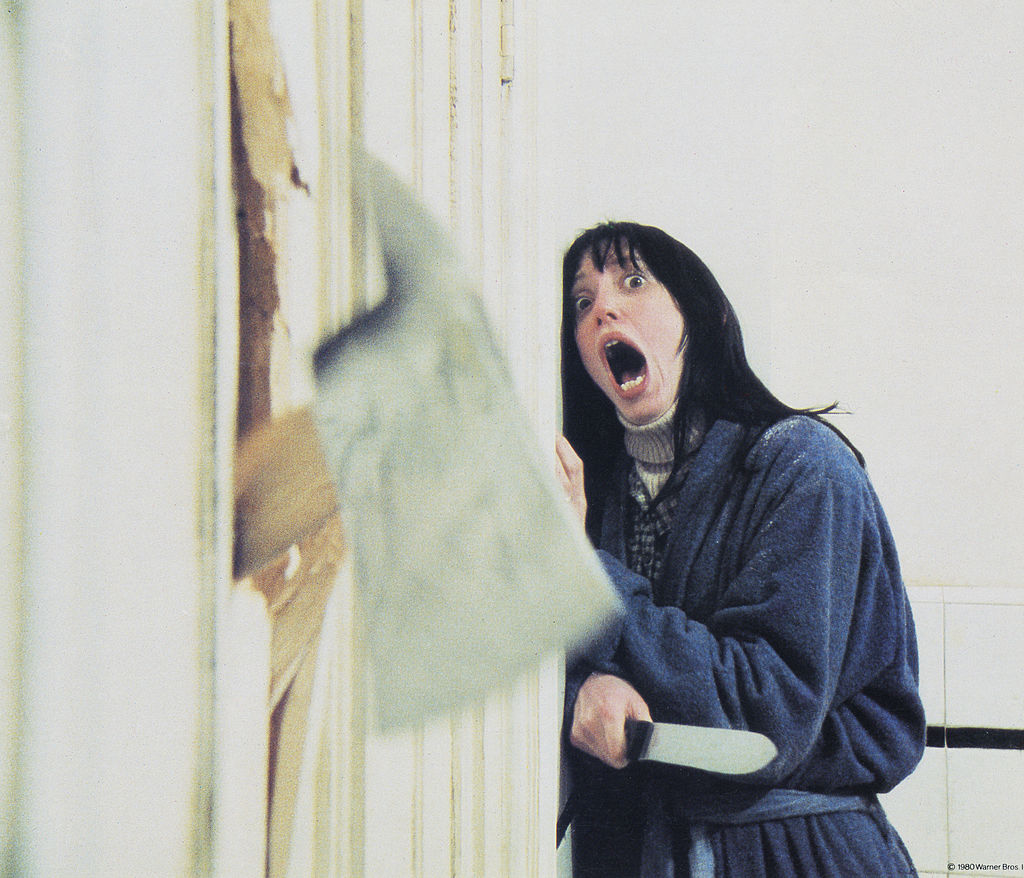
Source: Warner Bros._Archive Photos/ Getty Images
The entire experience was so stressful for Duvall that she got ill during the shoot. Her hair even started falling out. Sheesh, that’s beyond concerning!
This Iconic Line Was The Result Of Improvisation
When people think of The Shining, they most likely think of Jack Torrance’s iconic line “Heeere’s Johnny!” Nicholson says it so maniacally and creepily that people can’t help but remember its indelible effect on them.

Source: Sunset Boulevard_Corbis/ Getty Images
Most people probably don’t know that the line almost didn’t make it in the final cut of the film. Kubrick, who’s British, didn’t understand the reference. Plus, that door was a real one that Nicholson chopped through. Nicholson had been a firefighter when he was young and certainly knew how to maneuver an ax!
In International Edits, Alternate Versions Of The Typewriter Scene Are Used
In the movie industry, it’s common for international versions of a movie to include small tweaks in language and culture. The idiom “All work and no play makes Jack a dull boy” doesn’t necessarily translate effectively in other languages and parts of the world, as it does in America.
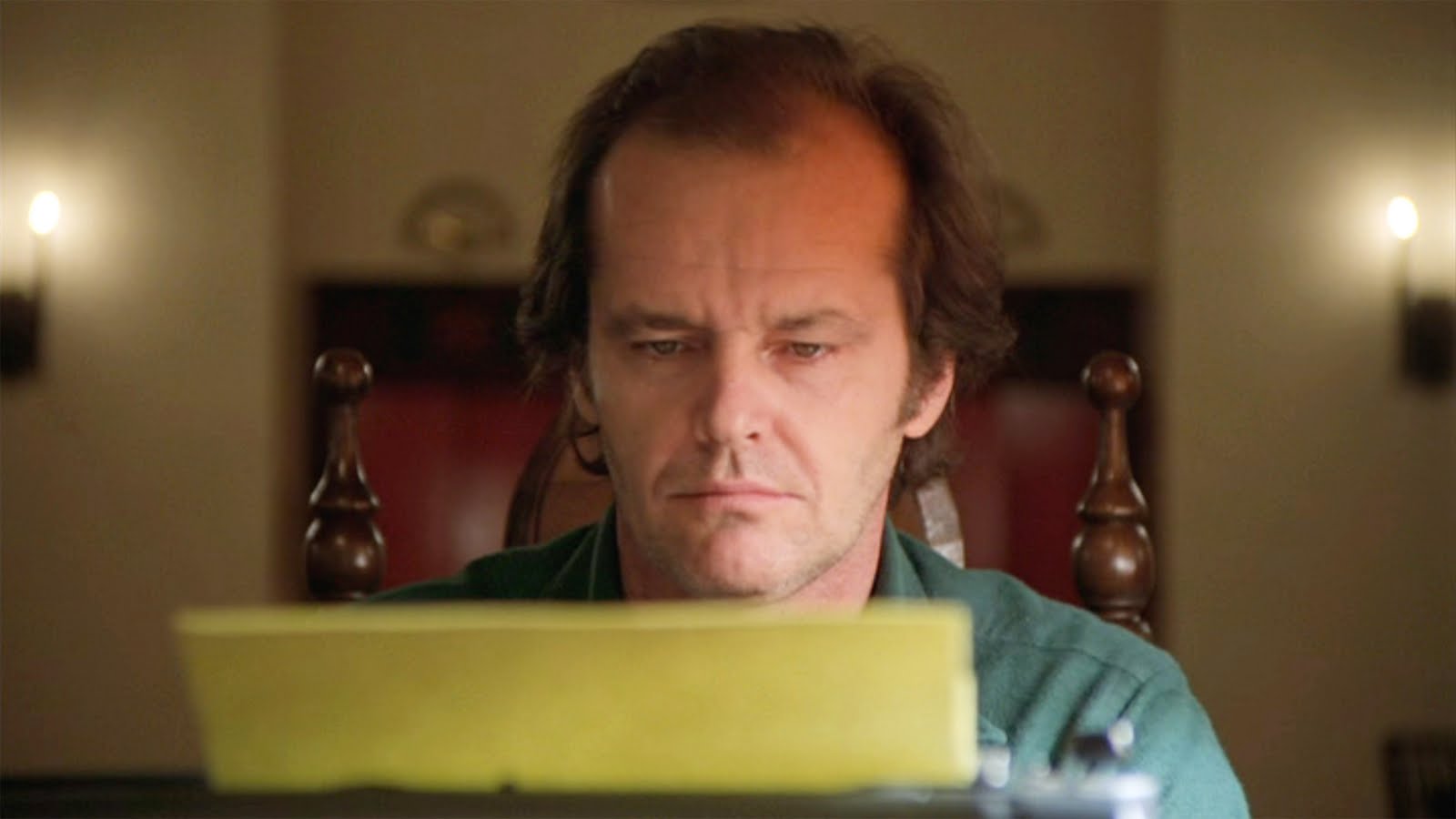
Source: Alamy
Due to the nature of this, international versions got different versions of that line. Germany’s version is, “Never put off until tomorrow what you can do today.” In Spanish, it means, “No matter how early you can get up, you can’t make the sun rise any sooner.”
A New Technology Was Introduced That Proved Crucial To Filming
If they had attempted to make The Shining a few years prior, it probably would have looked a bit different. They used a Steadicam (a camera stabilizer that mechanically isolates the operator’s movement) in the movie which some film viewers aren’t used to seeing today. In those days, the Steadicam was extremely popular.
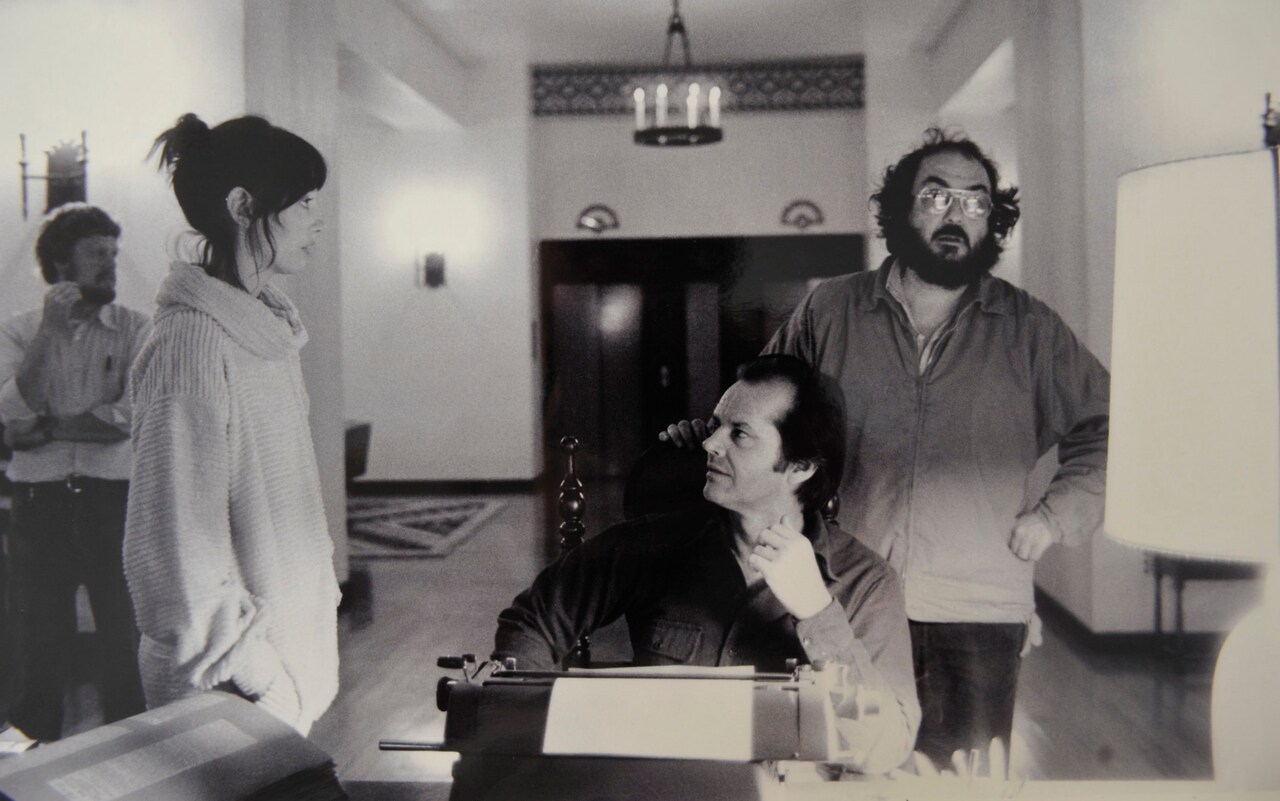
Source: Photobucket
In fact, Kubrick’s film was one of the first to employ the usage of the Steadicam. It allowed particular movements to appear more fluid and smooth onscreen, versus some of the huge cameras that would be lugged around.
Kubrick Achieved Commercial Success
The Shining was not a blockbuster, in fact, it wasn’t even a big enough success to be considered a box office hit. For $19 million, Kubrick made the film and it grossed $47 million worldwide. It clearly didn’t do nearly as well as the 1980 sci-fi space opera movie Stars Wars: Episode V – The Empire Strikes Back.
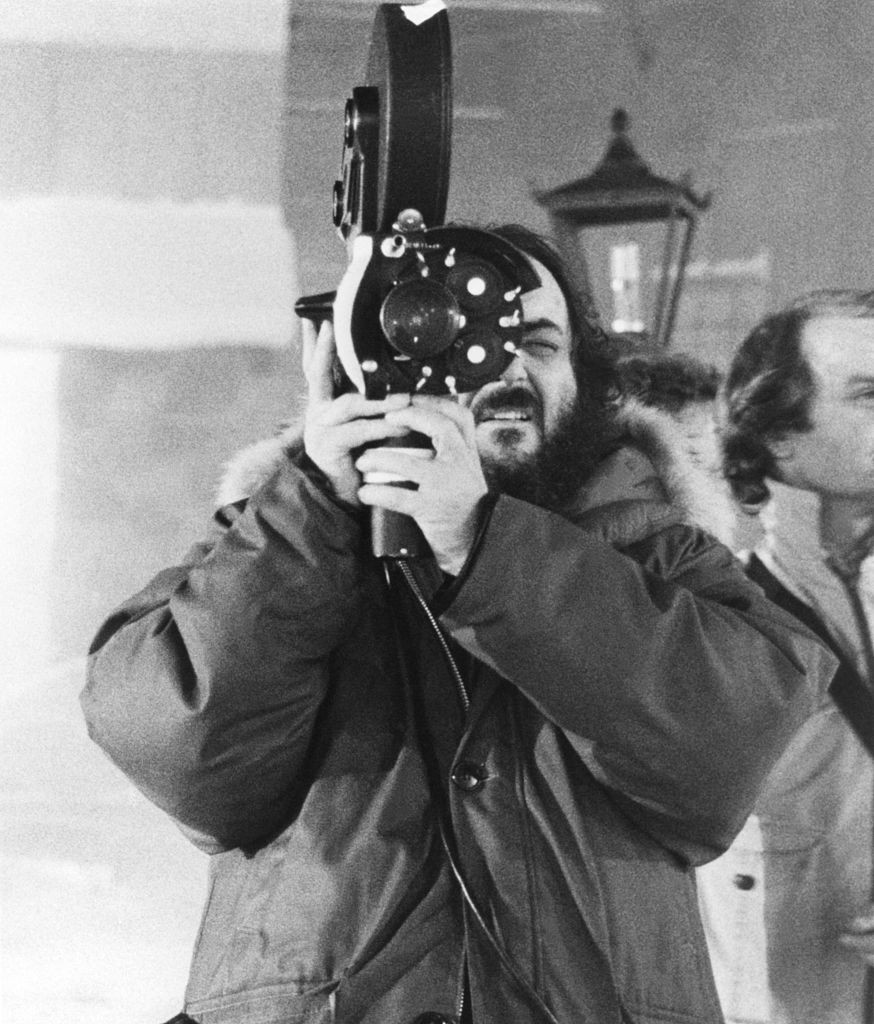
Source: Sunset Boulevard_Corbis/ Getty Images
The film was still able to produce a profit. Needless to say, it did much better financially than Barry Lyndon, and remains as one of the most dissected films ever.
Critics Didn’t Initially Warm Up To The Shining
Making crowd-pleasing films wasn’t really Kubrick’s thing, even when it came to commercially relevant ones. The Shining initially received mixed reviews, although it’s now considered to be a widely beloved classic in cinema history.

Source: Sunset Boulevard_Corbis/ Getty Images
The film wasn’t admired by Roger Ebert, yet it landed a spot in his The Great Movies series. It also landed on AFI’s “100 Years…100 Thrills” list. Needless to say, The Shining has truly left a lasting impression on the film community, and for film aficionados and critics alike.
There’s One Glaringly Unsatisfied Critic Of The Film
In particular, there is one person who hasn’t been quiet about voicing his dislike for Kubrick’s adaptation of The Shining. That person is Stephen King, who openly despises the movie. King doesn’t like how Jack or Wendy were portrayed, and it’s a story that hit close to home for him personally.
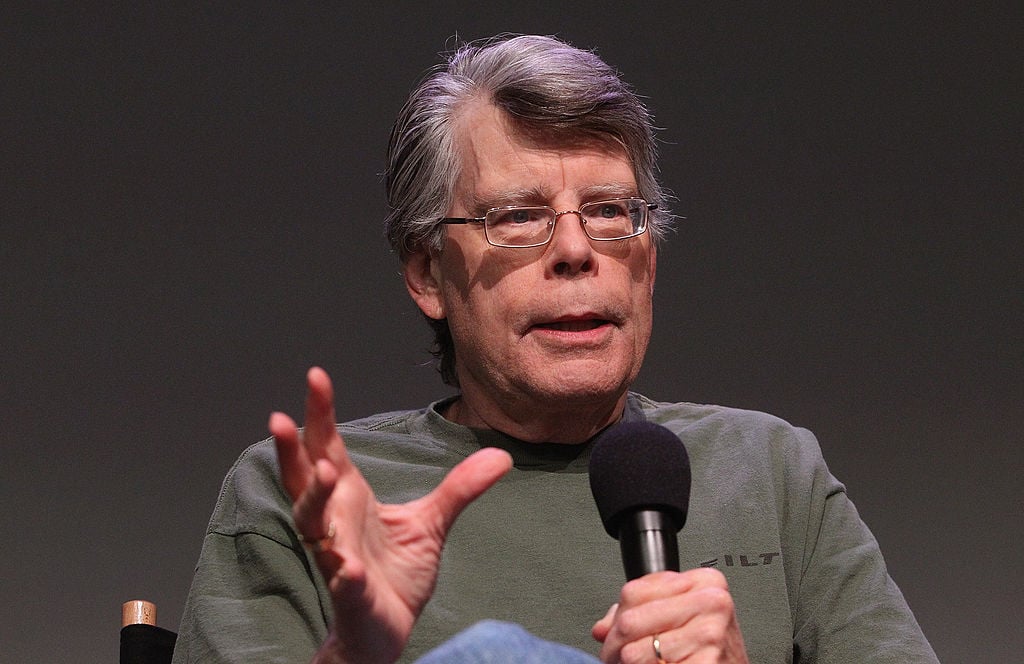
Source: Jim Spellman_ WireImage
The novel represents King working through his alcohol addiction and trying to battle those demons. It’s understable, though, why he would be frustrated with the final product because of the intensely personal connection to the material he wrote. However, it’s interesting to note that King was a fan of the TV miniseries The Shining.
Nobody Is Sure As To What The Movie Really Means
A documentary titled Room 237 delves into all the theories surrounding the various meanings and interpretations of The Shining. Naturally, many people have their own theories as to what the movie’s real meaning is, but that can only be explained and deduced by Kubrick himself (who isn’t around anymore to reveal them). But, it’s not like he would, anyways!
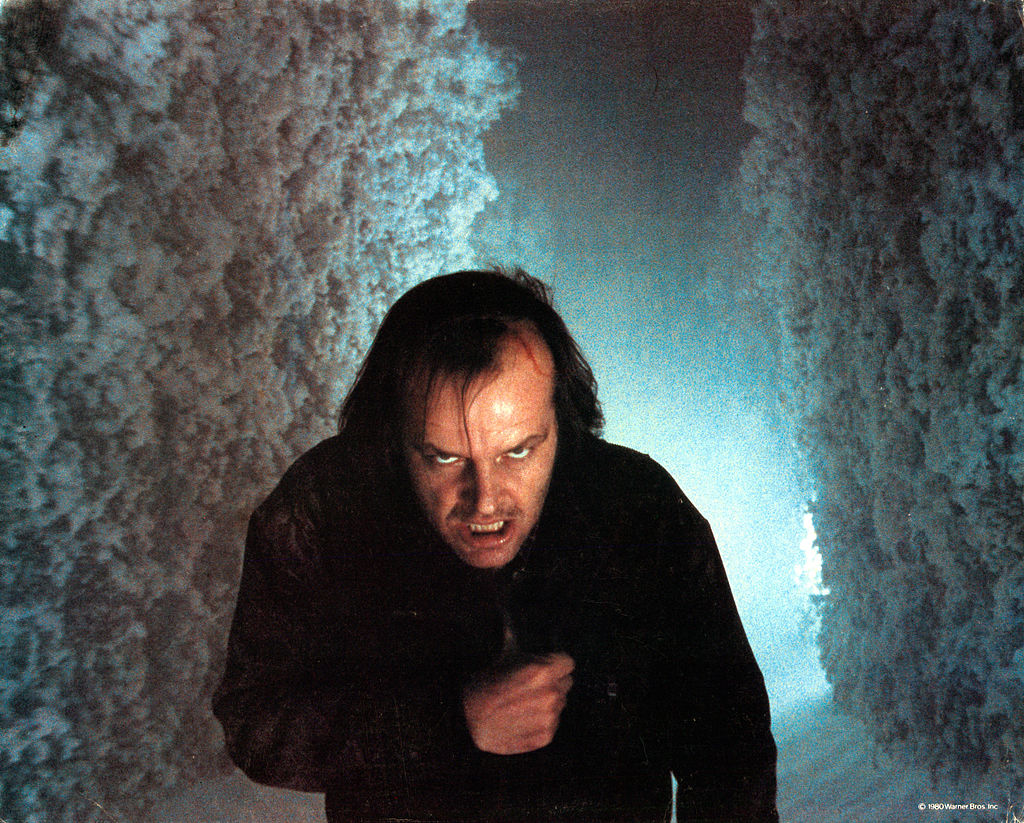
Source: Warner Brothers/ Getty Images
There are countless theories online about what the movie is truly about. The most famous theory is that Kubrick the movie is his way of flat out admitting he staged the 1969 moon landing and created the fake footage. Another wild theory is that the Overlook Hotel is representative of Hell, or purgatory, which probably isn’t the case since Kubrick didn’t believe in that.
Many Parodies Have Been Created
It’s a well-known fact that The Shining is one of those movies that has been parodied countless times in pop culture. References about the Grady Twins and “Heeere’s Johnny!” are everywhere. One TV show, in particular, is the most successful in its iconic parodies of the movie.

Source: backofthehead.com
Unsurprisingly, that show is The Simpsons. In the “Treehouse of Horror” episode, they flat out mirror the movie with a story called “The Shinning.” Since that episode’s premiere, it has inspired its own cult moment when Homer goes berserk.
A Sequel To The Movie Was Made
Years after penning The Shining, King decided to write a sequel that came out in 2013. The sequel was called Doctor Sleep and it centers on Danny Torrance all grown up. The book was adapted into a movie which was directed by contemporary horror master Mike Flanagan.
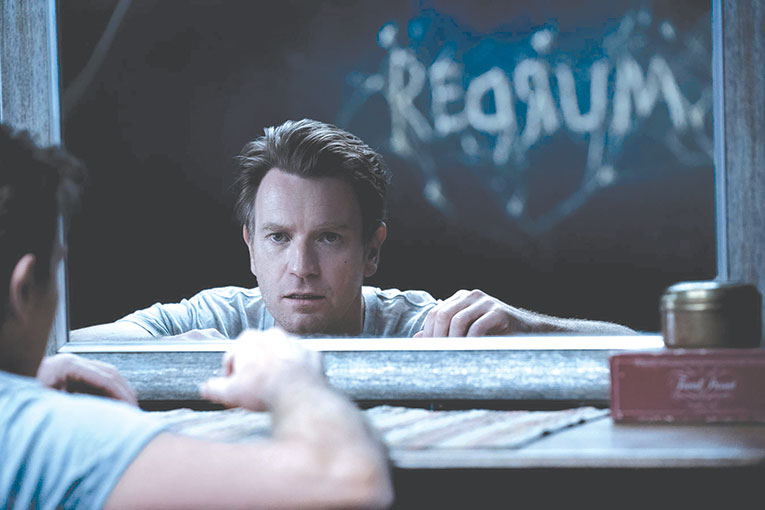
Source: Alamy
Even though Kubrick isn’t alive and what we know about King’s feelings towards the adaptation, it wasn’t clear at first if Doctor Sleep would be connected to its predecessor at all. Flanagan himself did reveal that he was indeed making a Shining sequel, which came out in 2019.
Kubrick’s Family Surrounded Him On Set
Kubrick’s brother-in-law, Jan Harlan, was the executive producer of The Shining. Also, Kubrick’s wife and daughter, Christiane and Vivian, assisted with the production design and the music. Vivian, however, is more famously linked to the documentary she made on set called The Making Of ‘The Shining.’
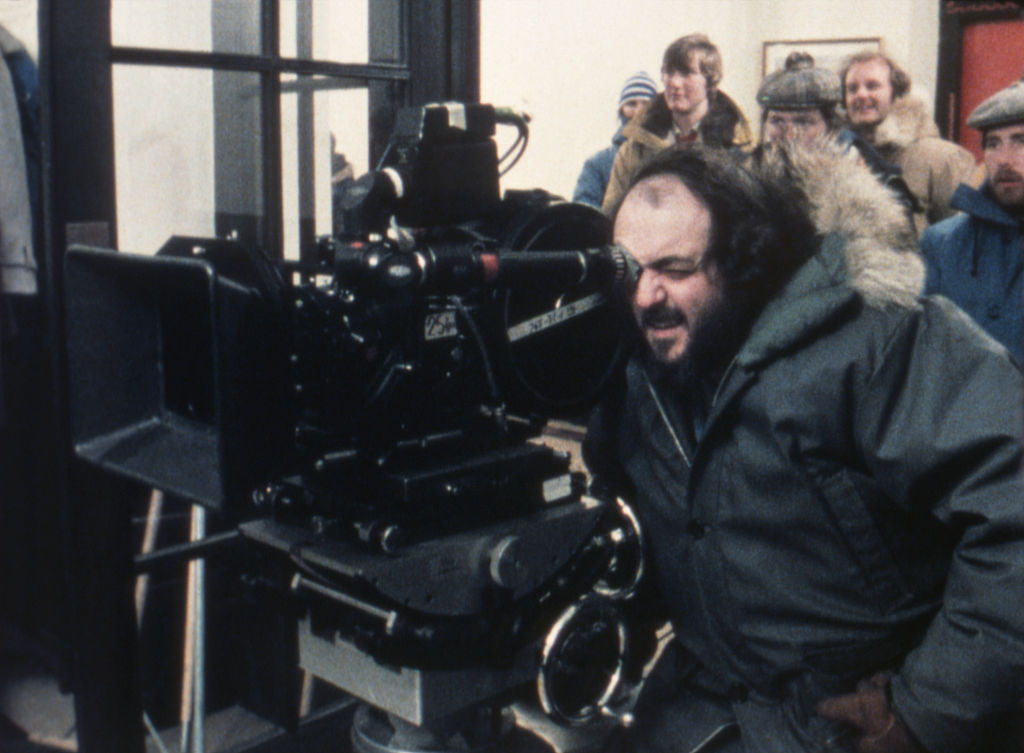
Source: Sunset Boulevard_Corbis/ Getty Images
The documentary aired on BBC and was only 35 minutes long. Vivian captured a very rare look into her father’s directing styles. Miraculously, she was only 17-years-old at the time that she shot it!
The Overlook Hotel Doesn’t Make Sense Spatially
There are many prominent elements of the Overlook Hotel that don’t make logical sense from a spatial perspective. One of them is that Stuart Ullman’s office (the general manager of the hotel), has a window looking outside, but there are surrounding rooms around the office which doesn’t make it possible for there to be a window there.
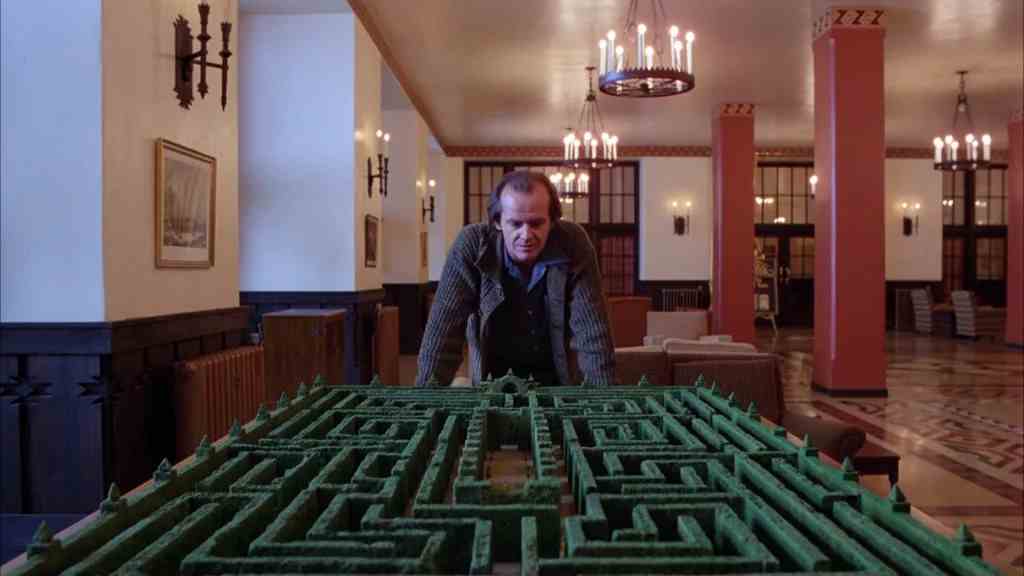
Source: Alamy
Also, there’s a hallway in the Colorado Lounge that pretty much appears out of thin air. Even Jan Harlan revealed that this wasn’t an accident. The interiors aren’t supposed to make sense spatially and that’s part of the unevenness of everything going on in the film.
A Lot Of The Set Went Down In Flames
A fire broke out towards the end of shooting the movie, destroying multiple sets. The one massive fire at night burned down two sound stages and would have almost ruined a third at Elstree Studios. Eleven fire alarms were going off.
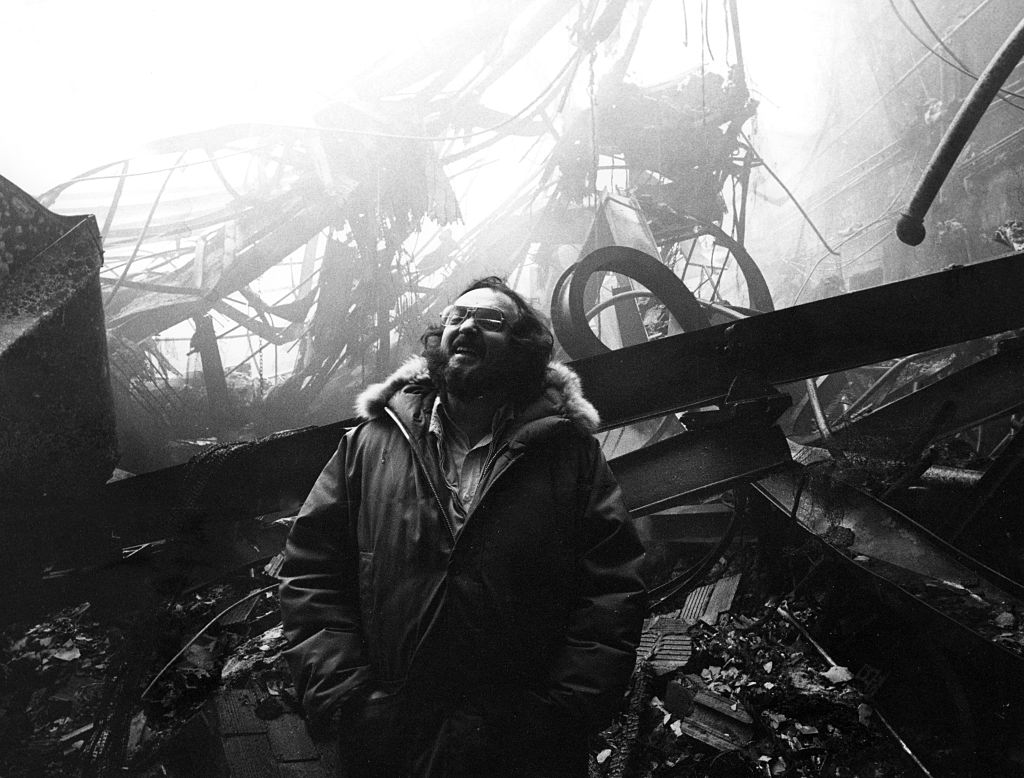
Source: Murray Close Sygma_Sygma/ Getty Images
It took approximately $2.5 million to rebuild one of the sound stages. Funnily enough, despite the tragedy, there’s a famous photo of Kubrick laughing during the wreckage. He was probably cackling because he knew that the Overlook Hotel at the end of the novel burned down.
The Movie Took Five Years To Make
Notoriously, Kubrick was known for the lengthy amount of time he took on his film productions. It’s not entirely clear how long the shooting itself went on for, but it likely lasted for almost one year. Kubrick also shot most of the film in chronological order, which rarely happens in the industry.
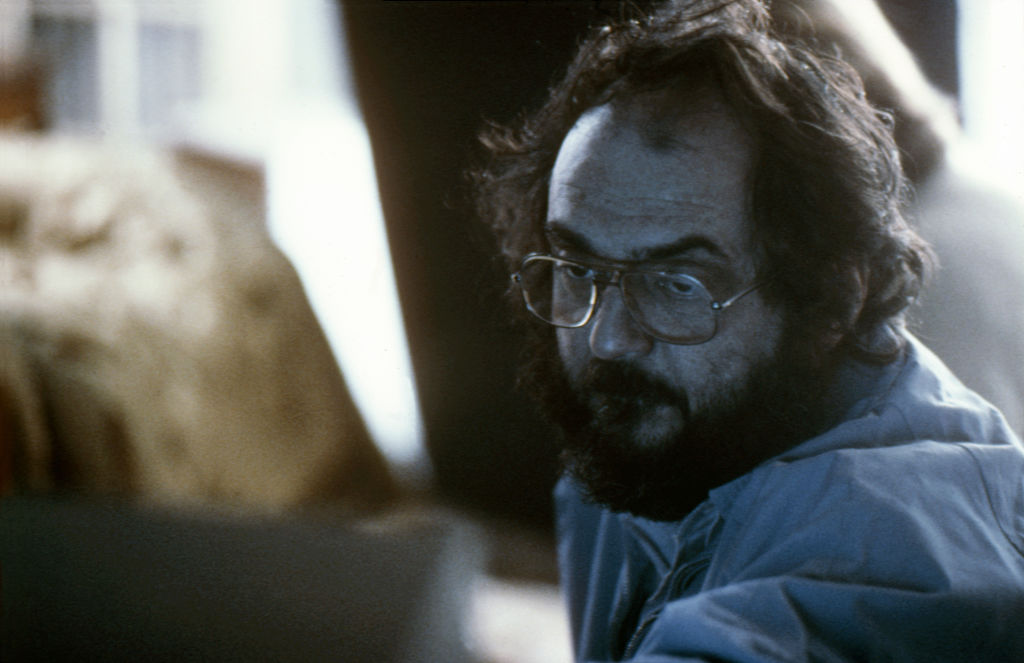
Source: Sunset Boulevard_Corbis/ Getty Images
At that time, The Shining boasted one of the longest-running production schedules in cinematic history. Kubrick’s perfectionist tendencies and his demand to do multiple scene reshoots was the cherry on top of this prolonged schedule. Originally, the movie was only supposed to shoot for 100 days, but it was stretched out to 250 days.
Danny Lloyd Didn’t Know He Was Starring In A Horror Movie
Only a sweet six-year-old boy at the time of filming, Lloyd had no clue he was in a horror movie. According to Kubrick, everything Lloyd was a part of filming was integral to the family drama in a hotel.
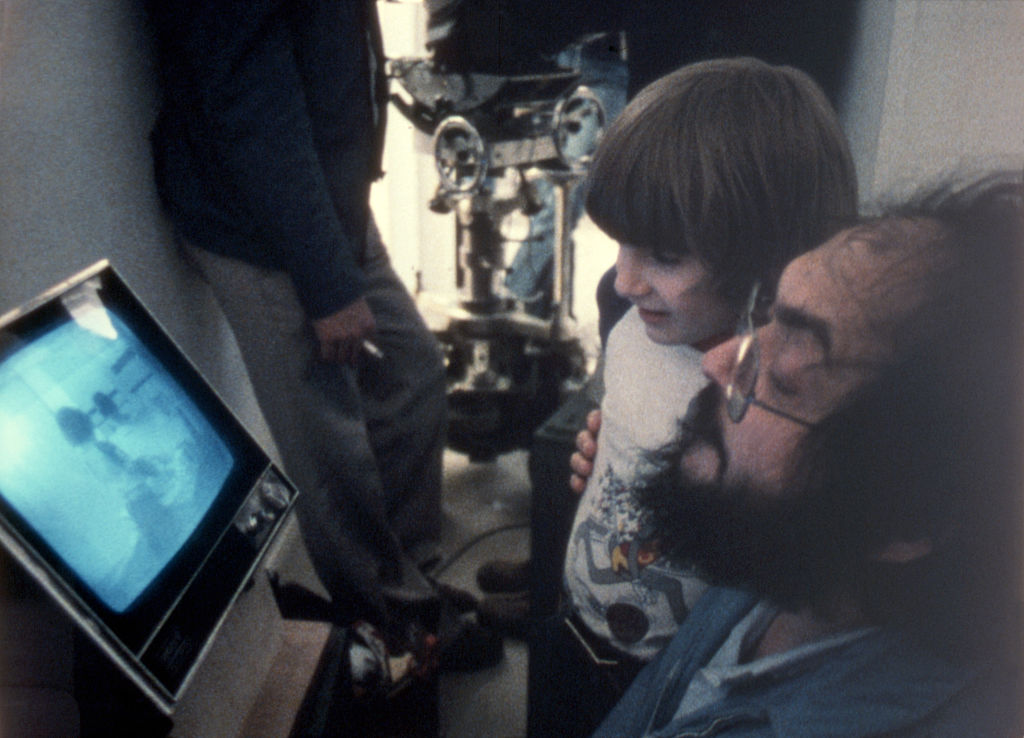
Source: Sunset Boulevard_Corbis/ Getty Images
Danny was pulled from the set during the creepiest scenes in the movie because he needed to be shielded from them. Lloyd actually watched a tamer version of the movie until he turned 10-years-old and saw the original product. It’s no wonder that Lloyd quit acting for good after being in the film!
The Famous Elevator Scene Took Nearly A Year To Film
One of the most iconic and memorable scenes in The Shining was when a massive wave of blood gushed out of the elevator’s doors, completely covering the hallway. The shot was filmed in three takes, but took about a year to complete due to the thought process behind it. A noted perfectionist, Kubricks spent nearly an entire year thinking about that one scene.

Source: Alamy
Because the blood didn’t seem realistic enough after two takes, Kubrick needed an element of realism to add to the already chilling scene. The fake blood just was too fake apparently! So, it took almost nine days for the crew to clean out the hallway and set everything up again. That time, the real blood was ready to flood out. Kubrick even convinced the MPA to keep the scene in the trailer by saying the blood was rusty water.
Jack Nicholson Hated Cheese Sandwiches
Nicholson is one of the finest actors of his generation and, without a doubt, stepping into the warped mindset of Jack Torrance reinvigorated the audience’s faith in his immense talent. Kubrick also had faith in him. In order to accurately portray Jack’s descent into madness, Kubrick used a certain something to escalate Nicholson’s anger and add a realistic touch to his character.
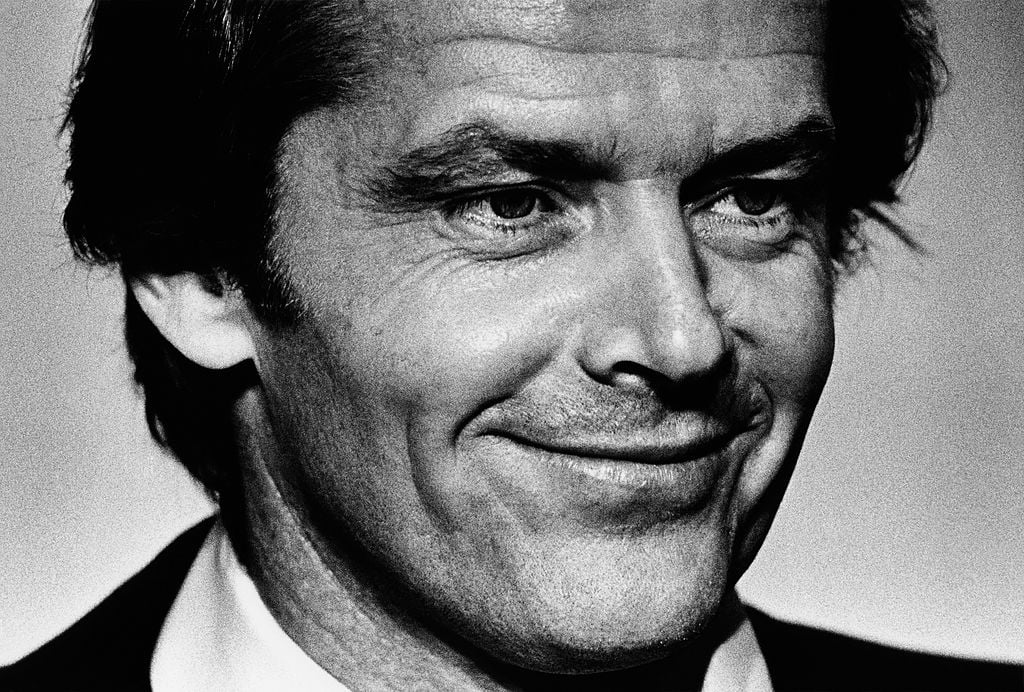
Source: George Rose/ Getty Images
Kubrick knew of Nicholson’s loathsome attitude towards cheese sandwiches, so Kubrick fed them to Nicholson for two weeks straight. The result was real-life disgust and rage evoked by Nicholson, which was perfect for his character. Wow, talk about thinking outside of the box! Kubrick sure knew how to get creative.
The Predicament Involving The Hedge Maze
Kubrick was a brilliant filmmaker with a gifted creative sensibility and an innate eye for details. To further terrify the audience, Kubrick incorporated a maze of labyrinthian proportions, which reflected the complexities and intricacies that existed within his own mind. He feared that the production team would solve the maze too easily, which it was. So, they challenged Kubrick one Saturday morning to solve it and he gave up very quickly.
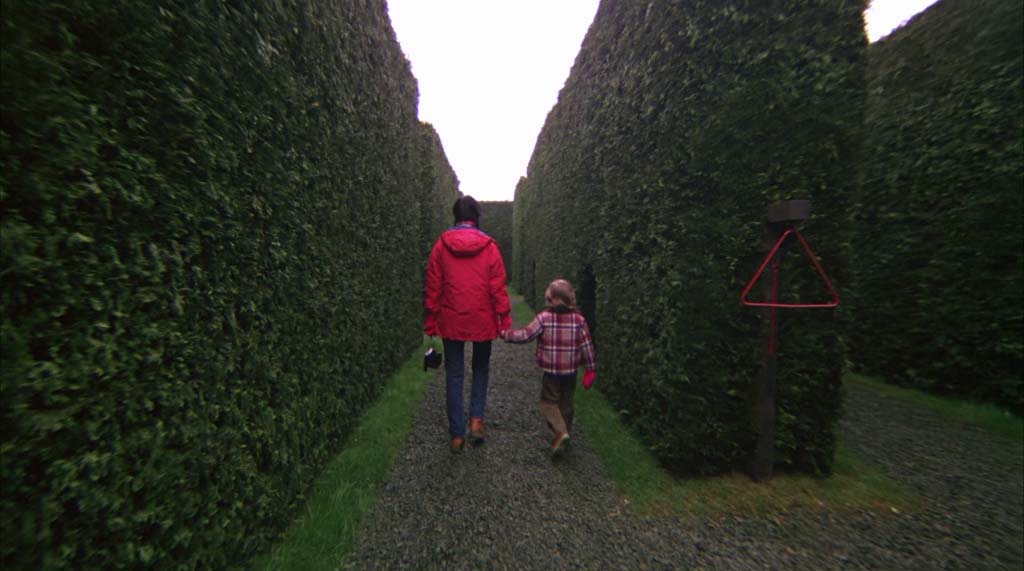
Source: Gizmodo
The complex maze was covered with nine hundred tons of salt and crushed Styrofoam to achieve the snowy, wintery look. The scene where Jack chases Danny through the maze took longer than a month to film and the crew even had to use walkie-talkies so they could find their way back to each other! We can only imagine participating in that exhilarating yet extremely irritating experience.
The Original Ending Is Probably Different Than What You’ve Seen
When a film’s ending changes in post-production, it’s not an uncommon thing. In fact, it’s extremely common in the film industry. Kubrick – the wild card that he is – changed its ending after it had premiered in theaters during a weekend. Even though the film version has not been recovered, the pages from the screenplay exist.
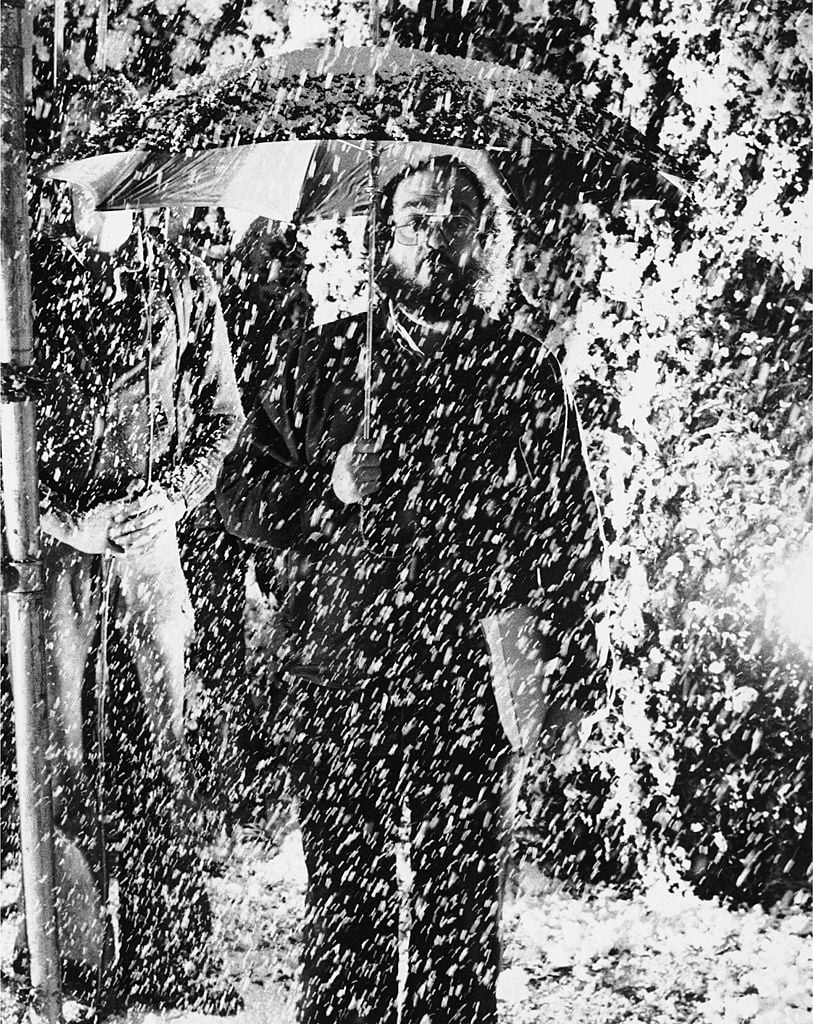
Source: Murray Close/ Getty Images
The changed scene takes place after Jack dies in the snow, and Ullman goes to the hospital to check in on Wendy. He also encourages Danny and Wendy to stay with him for a while. The film closes with this text over a black background, “The Overlook Hotel would survive this tragedy, as it had so many others. It is still open each year from May 20th to September 20th. It is closed for the winter.” Roger Ebert thought removing this epilogue was a smart decision on Kubrick’s part.
